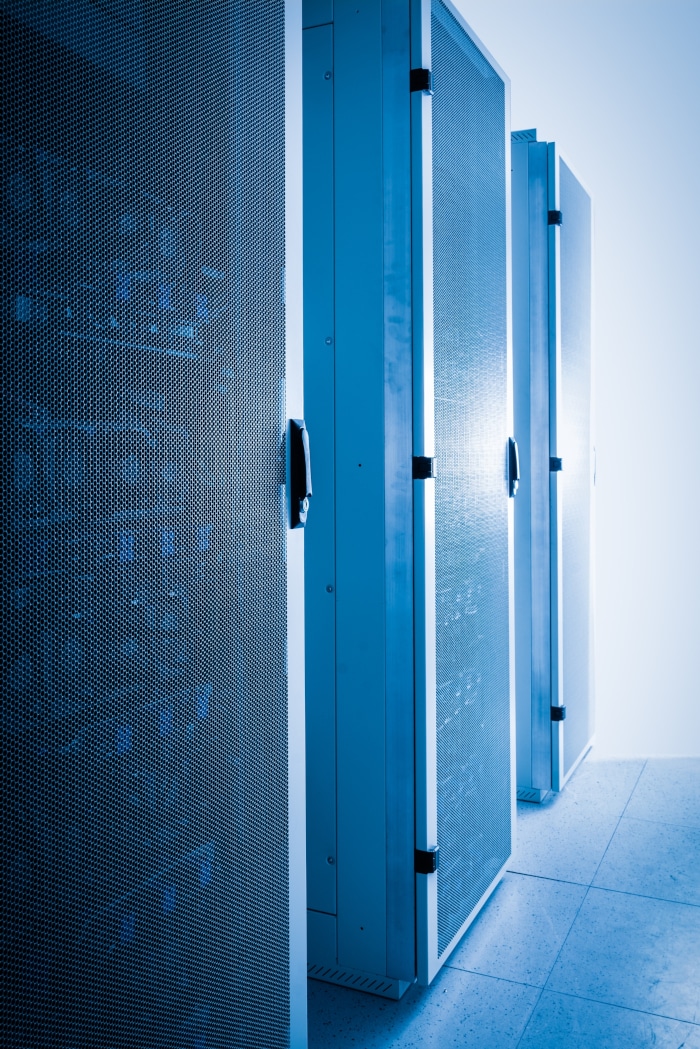N+1 redundancy is a form of resilience that ensures system availability in the event of component failure. This method of resilience is used by critical technology systems such as data centers to ensure continued operations. In an N+1 redundancy setup, "N" represents the minimum number of components (e.g., servers, uninterruptible power supply (UPS), cooling units, etc.) required to meet full operational demand.
The "+1" denotes an additional component in reserve that will handle the load if a component goes offline. For example, if a data center requires eight UPS units to operate, then nine UPS units will make it N+1 redundant.
Why Is N+1 Redundancy Needed?
N+1 redundancy ensures that business-critical services and applications in a data center can continue to operate even if a component fails or if there are unusual factors, such as a heatwave or power outage. This makes it an essential piece of an organization's business continuity/disaster recovery (BC/DR) plans. N+1 redundancy also makes it easier for the data center operator to perform maintenance or upgrades without service interruptions.
Relying upon a data center without built-in redundancy can produce severe consequences for organizations, including increased downtime, data loss, data corruption, system failure, inefficient operations, and higher operating costs.
Benefits of N+1 Redundancy
Data, workload, and system uptime and resilience are crucial for operations in today's digital business climate. Redundancy provides a host of advantages for an organization's employees and customers.
Ensure High Availability
Continue to operate and maintain service availability if a critical component fails or loads are unusually high.
Lower Costs
Reduce costs with redundancy that’s simple to design and more energy efficient to operate.
Eliminate Maintenance Interruptions
Know your data will remain accessible during data center maintenance and upgrades.
Why Would an Organization Choose a Data Center with N+1 Redundancy?
N+1 redundant data centers are the right choice for organizations that need:
- Highly available data, workloads, and systems
- Protection against a single point of failure caused by cyberattack or natural disaster
- Robust BC/DR capabilities
- Proven resiliency to comply with internal or industry regulations
How to Evaluate Data Center Redundancy
- Identify Critical Systems: What systems and services are mission-critical? Which ones should we host in a data center with greater redundancy?
- Conduct a Risk Assessment: How vulnerable is the chosen data center to potential disruptions caused by hardware failure, power outages, or network issues?
- Consider Costs and Budget: How much would downtime cost the business compared to selecting a data center with greater redundancy?
- Align with BC/DR Plan: Does the N+1 redundant data center correspond to our existing BC/DR capabilities and plans?
- Determine Service Level Agreements (SLAs): What uptime and data availability SLAs do we need for data or applications hosted in the data center? Does the N+1 redundant data center meet our requirements?
- Understand Maintenance and Management: Will regular data center maintenance disrupt our operations?
- Constantly Assess and Update: Will the N+1 redundant data center meet our expected uptime and resilience needs in the future? Will it easily scale up or down to match our demands?
There are two ways a redundant (+1) component can come online in case of a failure.
Cold standby requires an operator to first notice or be altered about the failure and then manually bring up the redundant component to resume system operations.
Hot standby delivers continuous operations, as the redundant component is always running and configured to immediately take over when a failure occurs.
Evocative Provides N+1 Redundancy with a Full Range of Colocation Services
Evocative operates 24 fully redundant data centers with duplicated power, water, cooling, and backup system components. With regularly tested automated failover systems, Evocative ensures a seamless transition to a redundant component in case of an incident to deliver high availability and reliability for your mission-critical data.

